The popularity of Bitcoin and other cryptocurrencies has attracted more and more investors eager to carve out a piece of this emerging market. However, before you put your money in, understanding the basic knowledge of blockchain exchanges is crucial. Blockchain exchanges are your first step to investing in Bitcoin, providing you with trading platforms, liquidity, and market information. This article will delve deep into the types of blockchain exchanges, selection criteria, and related considerations to help you prepare thoroughly before investing.
1. What is a Blockchain Exchange?
A blockchain exchange is an online platform that allows users to buy and sell digital assets (like Bitcoin, Ethereum, etc.). These platforms typically handle transactions in fiat currency (like RMB or USD) or other cryptocurrencies. On one hand, they simplify the connection between investors and the digital currency market; on the other hand, they have also become hotbeds for scams and security incidents. Therefore, understanding how they operate and their security features is vital when choosing an exchange.
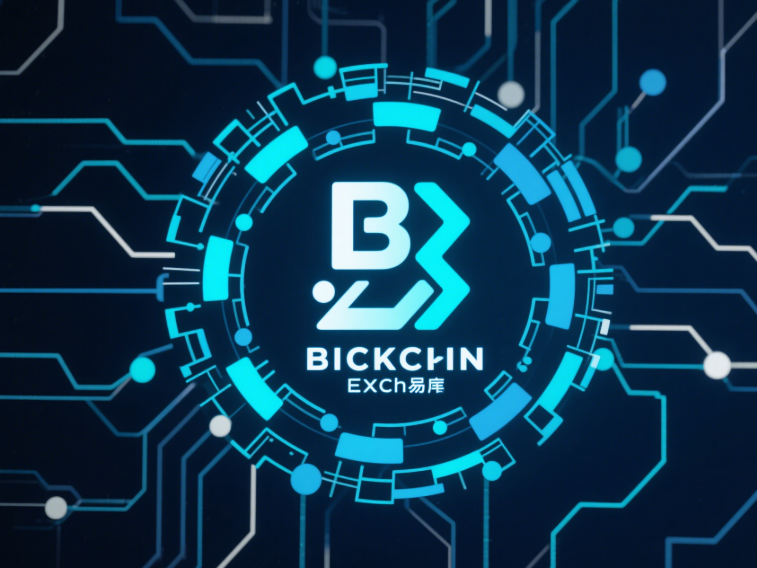
Types of Exchanges
Blockchain exchanges can mainly be divided into two types: Centralized Exchanges (CEX) and Decentralized Exchanges (DEX).
Centralized Exchanges (CEX):
Managed by companies or organizations, requiring users to create personal accounts.
The exchange holds users' digital currencies and fiat, making users heavily reliant on the exchange's security measures.
Common centralized exchanges include Coinbase, Binance, and Huobi.
Decentralized Exchanges (DEX):
Operate without intermediaries, allowing users to trade directly.
Users control their own assets and private keys, reducing the risk of theft.
Typical decentralized exchanges include Uniswap and SushiSwap.
The table below summarizes the main feature comparisons between these two types of exchanges:
| Feature | Centralized Exchange (CEX) | Decentralized Exchange (DEX) |
|---|---|---|
| Control Method | Centralized management | User-controlled |
| Trading Speed | Fast | Slower |
| Security | Relatively low | Relatively high |
| User Experience | User-friendly, easy to use | Steeper learning curve |
| Liquidity | Generally higher | May be lower |
2. Which Exchange Should You Choose Before Investing in Bitcoin?
Choosing the right exchange is an important decision. Here are some key factors to consider when selecting an exchange:
Security
Before choosing an exchange, security is undoubtedly the top factor. Here are some ways to verify an exchange's security:
Two-Factor Authentication (2FA): Ensure the exchange supports 2FA to enhance account security.
Cold Storage: Choose exchanges that use cold storage technology to reduce the risk of losses due to online attacks.
Transparency and Compliance: Check whether the exchange has undergone third-party security audits and complies with local laws and regulations.
User Experience
User-Friendly Interface: Opt for platforms that are intuitive and easy to use, especially for new investors, as a simple interface can significantly reduce the difficulty of use.
Mobile Support: Check if the exchange offers a mobile app for convenient trading on the go.
Available Digital Assets
Asset Variety: Confirm the variety of crypto assets supported by the exchange, ensuring that the coins you are interested in can be traded on that platform. For example, some exchanges may focus more on specific assets rather than all popular coins.
Fee Structure
Each exchange has different trading fees, withdrawal fees, and transfer fees. Make sure to read through the fee details carefully to avoid unnecessary expenses. Here are some common fees:
| Fee Type | Centralized Exchange (CEX) | Decentralized Exchange (DEX) |
|---|---|---|
| Trading Fees | 0.1% - 0.5% | 0.3% - 1% |
| Withdrawal Fees | Depends on the asset | Generally low, depends on network fees |
| Transfer Fees | Depends on the asset | Usually no fees |
Customer Support
Response Time: Quick and effective customer support can provide peace of mind when you encounter technical or account issues.
Support Channels: Understand what support channels the exchange offers (like live chat, email support, phone support, etc.) and confirm if they meet your needs.
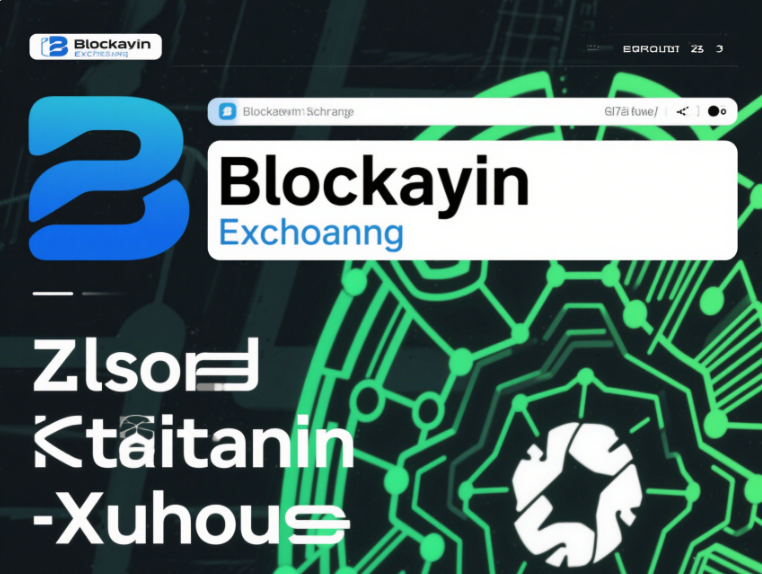
3. How to Register and Use a Blockchain Exchange?
Once you select a suitable exchange, here are the steps for registration and use:
Registering an Account
Visit the Official Exchange Website: Ensure you are visiting the legitimate, official website of the exchange to avoid phishing sites.
Fill Out Registration Information: Provide your email address and set a secure password. The password should be complex to protect your account.
Complete Identity Verification (KYC): Submit identity information as required by the exchange to complete the verification process after registration.
Depositing and Trading
Choose a Deposit Method: Exchanges generally accept deposits in fiat or cryptocurrency, including bank transfers and credit card payments.
Execute a Trade: Select the quantity of digital currency you want to buy or sell, and confirm the order.
Withdrawing Funds
Choose a Withdrawal Method: When you need to withdraw funds to another exchange or personal wallet, select the appropriate withdrawal method.
Confirm Information: Before submitting a withdrawal request, double-check the amount and address information to ensure accuracy.
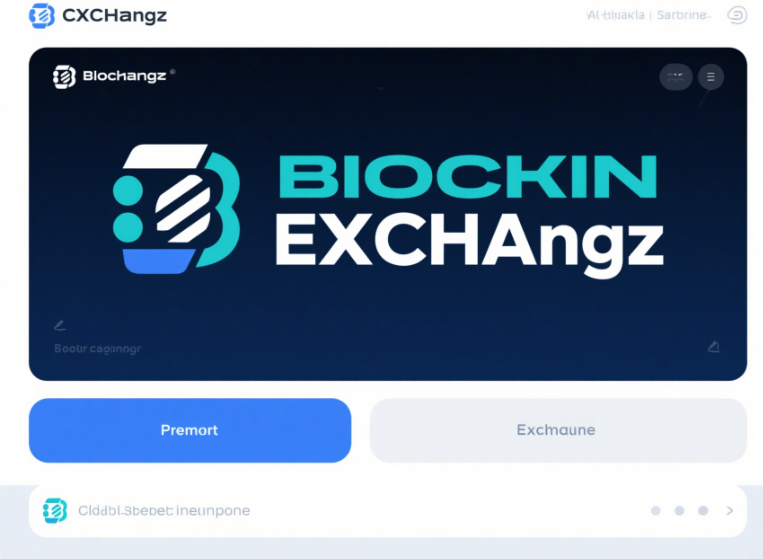
Understanding blockchain exchanges and their selection criteria is a necessary topic for every new investor looking to enter the Bitcoin market. When making investment decisions, investors should fully consider factors like the exchange's security, user experience, the diversity of supported digital assets, and fee structure. I hope this article gives you the inside knowledge to help you embark on a successful investment journey in this opportunity-filled but risky market.
Remember, the cryptocurrency market is ever-changing, and keeping up with learning and research will help you progress in this field and achieve success. If you have any questions, feel free to leave them in the comments section for further discussion!













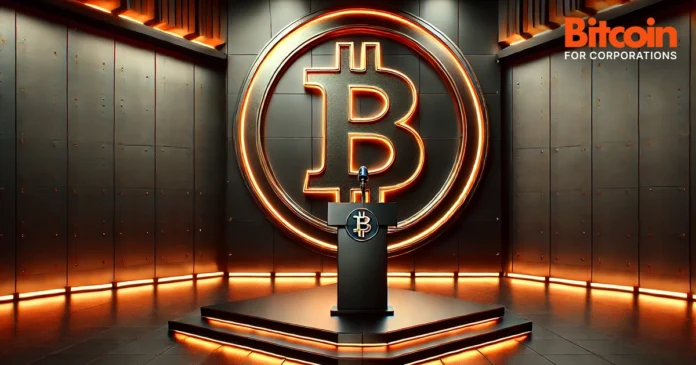
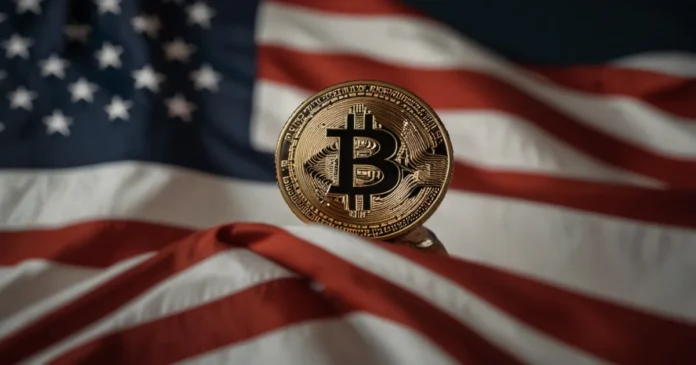
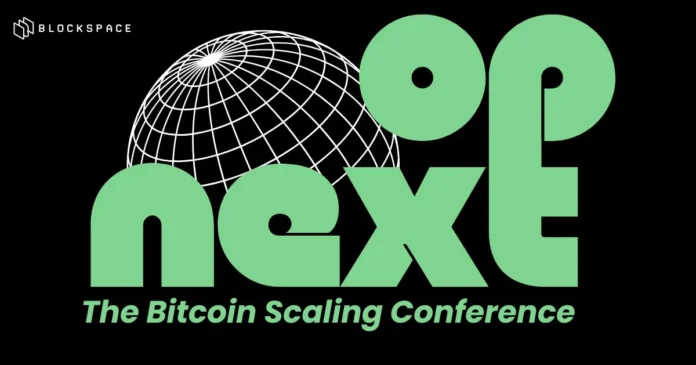
No comments yet